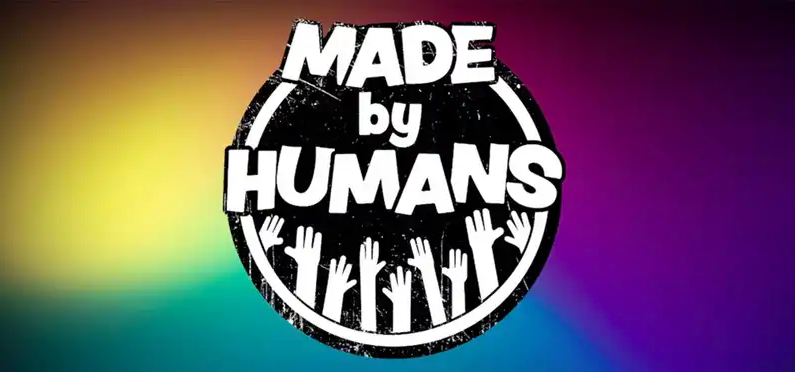One of the key benefits of AI in animation is its ability to automate repetitive tasks, such as keyframe animation, motion capture, and character rigging. This frees up animators to focus on the more creative aspects of their work, streamlining the production process and reducing costs. Additionally, AI-powered tools can enhance the realism and detail of animations, generating complex visuals, realistic characters, and immersive environments.
But, the use of generative AI in animation also raises ethical considerations, around copyright, intellectual property, and the potential displacement of human workers. The guidelines put forward by leading animation companies Brown Bag Labs and 9 Story Media Group address these concerns head-on, establishing clear principles for respecting the work of artists and complying with copyright laws, but most importantly, they seem to consist of the first effort to abide by the new EU AI Act. Their guidelines cover key principles like:
Using AI as a productivity tool to assist artists, not replace them
Avoiding the use of AI-generated content in pitches, development, or final productions
Complying with copyright laws and respecting the work of artists
Establishing an internal AI Council to approve and monitor AI usage
Committing to transparency and regular updates to the guidelines as the technology evolves
“ It may be a bumpy road right now, but I believe there is a happy future for AI as an enabling force for creativity among everyone from novices to industry-leading creatives. This set of guidelines is a great start” commented Chen Zhang, CEO and co-founder at Aquifer, a company from Austin Texas, that provides animation to brands
The two companies prohibit the use of AI-generated content in pitches, development, or final productions, ensuring that the creative vision remains firmly in the hands of the animators. The guidelines set forth by Brown Bag Films and 9 Story Media Group are now poised to serve as a blueprint for other studios and organisations to follow.
“As a studio that creates Intellectual Property (IP), we also must respect other IP in the market. As such, we will not use AI for Scriptwriting, nor will we use Generative AI that has been trained on existing copyright material e.g. Midjourney” said Cathal Gaffney, Chief Operations Officer and co-founder of Brown Bag Films in a statement on Linkedin. “Similarly, we will not use AI Voice Cloning on any of our broadcast TV commissions.”
One of the key ways AI is impacting the animation industry is through automated animation. By training AI algorithms on large datasets of previously created animations, the technology can learn the patterns and relationships between different elements, such as character movements, facial expressions, and backgrounds.
The release of these guidelines aims to spark a broader industry conversation about the ethical and practical implications of AI in animation. While Brown Bag Films and 9 Story Media Group appear to be among the first major animation studios to publicly release guidelines for using generative AI in their productions, a few other studios and organizations have also started to address this issue:
Framestore, a large visual effects company, has set up groups to explore using AI for tasks like lighting, 2D animation, and storyboarding. They are using neural networks to automate the character rigging process.
TeamTO, a Paris-based animation studio, has been experimenting with AI for about a decade. They have developed an algorithm that can optimize production schedules, saving 10-15% off timelines on average. TeamTO is also using AI to manage their server room temperatures to reduce energy costs.








